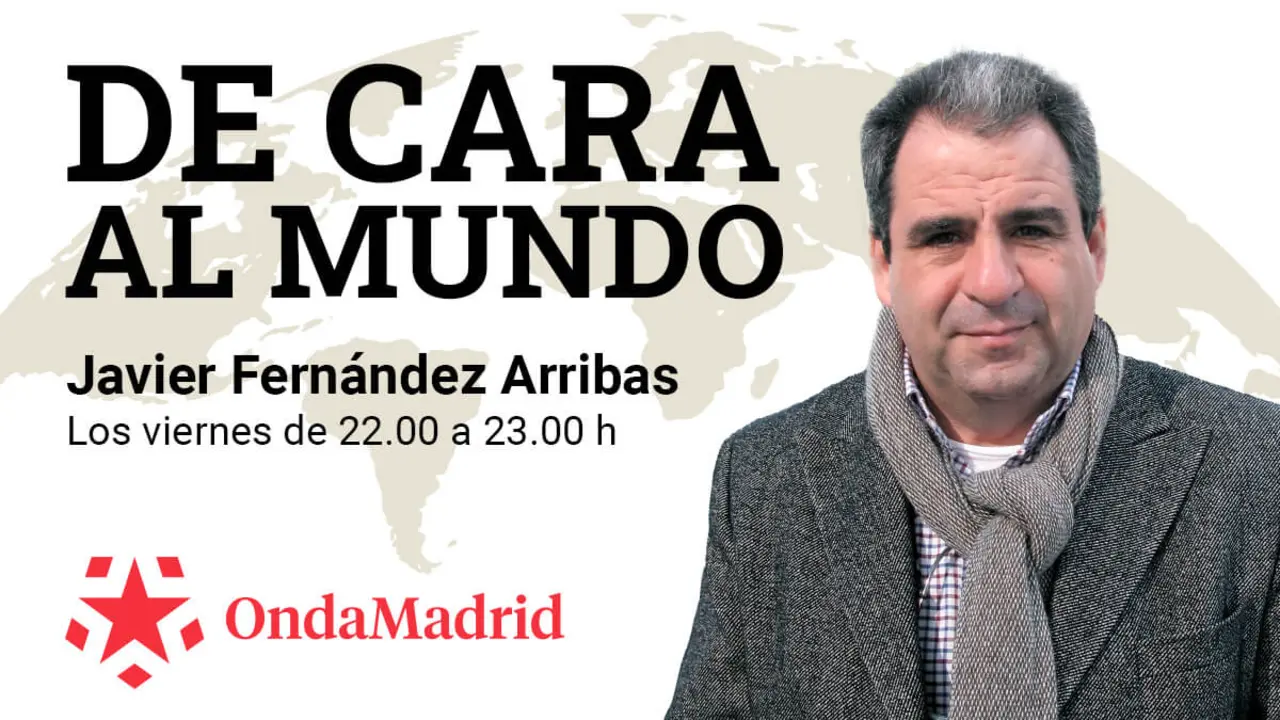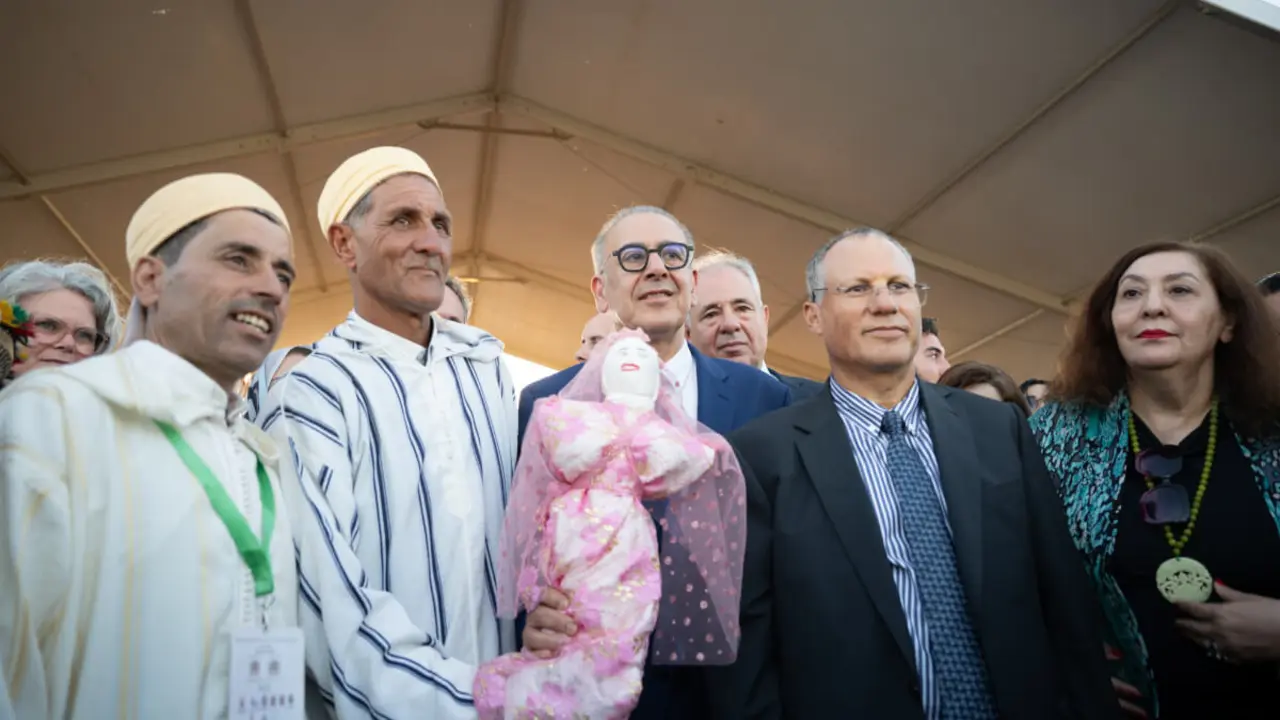From the cosmos to the home with Sputnik 1

Without noticing it, we are surrounded by products and services that have their origin in space technology. Billions of people on five continents benefit at home, at work and in their cars from numerous inventions that have been conceived, designed and manufactured in response to the demands of space activity.
The moment that marks the beginning of a new era and the great advances produced in the second half of the 20th century began exactly 63 years ago, on 4 October 1957, at the height of the Cold War. On that day, the defunct Soviet Union put into orbit a small sphere barely 58 centimetres in diameter and weighing 83.6 kilograms, at an altitude of more than 900 kilometres. Named Sputnik 1 - a word that means "travelling companion" in Russian - it was the first artificial satellite on Earth.
Today, several thousand space products and services have a direct and multifaceted impact on our lives, without us ever knowing that they are right in front of our eyes. For example, the antipyretics we use to bring down fever were designed to relieve astronauts in orbit. And the energy-saving systems in modern refrigerators, washing machines, dishwashers and air-conditioning systems were invented to save energy in science and communication satellites.
The drills and other wireless tools we use in our homes were invented so that American astronauts on the Apollo missions to the Moon could drill into lunar rocks and bring them back to Earth. And today's smoke detectors are based on the fire-alarm equipment designed by the US National Aeronautics and Space Administration (NASA) for the Skylab space station, the first one built by the US in the 1970s.

Who doesn't know or use digital thermometers with which we quickly and cleanly know our body temperature and whether we have a fever? Based on technologies developed by infrared astronomy to calculate the temperature of stars and planets, it was the solution to the inability of mercury thermometers to work in a micro-gravity environment such as space.
And what about the barcode on all industrial and consumer products to facilitate identification and payment at the checkouts in shops and supermarkets. It was created within NASA to keep control over the millions of components, parts and equipment that clutter its huge warehouses and those of its suppliers.

Ceramic hobs are made from materials used to make the mirrors of space telescopes more resistant, while laser measurement and alignment systems have been developed to calculate the exact distance between the Earth and the Moon. And laptops, which arose from the imperative need for small, compact and practical computers on board spacecraft to control their sophisticated systems and equipment.
How many of us plan a weekend getaway with the weather forecast announced by meteorologists? They are based on the data that constantly provides dozens of satellites in orbit around the Earth at thousands of kilometres above sea level.

Without satellite signals, how would we be able to watch live images of major sporting events and events with a global impact on television or other multimedia media, or the news and information provided live by correspondents of television channels stationed in other countries?
Billions of people all over the world know their exact position on the Earth and are guided from one place to another by the precise indications of the navigators in our smartphones and cars. Their proper functioning requires the capture of electromagnetic waves from several American GPS, European Galileo, Russian GLONASS or Chinese Beidou global positioning and navigation satellites.
Engineering developed for space has also revolutionised many professional sectors, particularly those related to medical specialities and surgical interventions. Intensive Care Units (ICUs), which monitor the progress of seriously ill patients, have appeared at NASA to check the health of astronauts selected to go to the Moon. Small television monitors to observe heartbeat rhythms and other vital signs to know in real time from Earth the status of astronauts in orbit.

The ceramic materials used by dentists and stomatologists for fillings and orthodontics are based on products derived from those used in spacecraft and aircraft. The thin, light, golden or silver insulating blankets used by rescue teams to keep victims warm were created to insulate spaceships from the cold temperatures of the cosmos.
In the field of vision, the vision analysis devices currently used by ophthalmologists and opticians to explore the visual abilities of children and adults are derived from techniques developed to process space images. And the anti-scratch technologies that cover contact lenses have been designed to protect space cameras and telescopes from cosmic radiation.

The benefits of space, which are now shared by countless humans on 93% of the planet, are the result of science and technology that has enabled the development of sophisticated terrestrial infrastructures, dozens of different models of launchers and thousands of space platforms. The Association of American Scientists has identified more than 2660 communication, scientific, military, observation and technological satellites of all sizes that today operate around the Earth or travel beyond its indefinite borders.
It is widely believed that the famous Velcro® contact closure and opening system, such as Teflon® used as a coating on household items such as pots and toasters, as well as microwave ovens and disposable nappies, originated in the space industry. While it is true that these four inventions solve many of the problems of human survival on board capsules and orbital stations, none of them are the result of a request made for space purposes.








